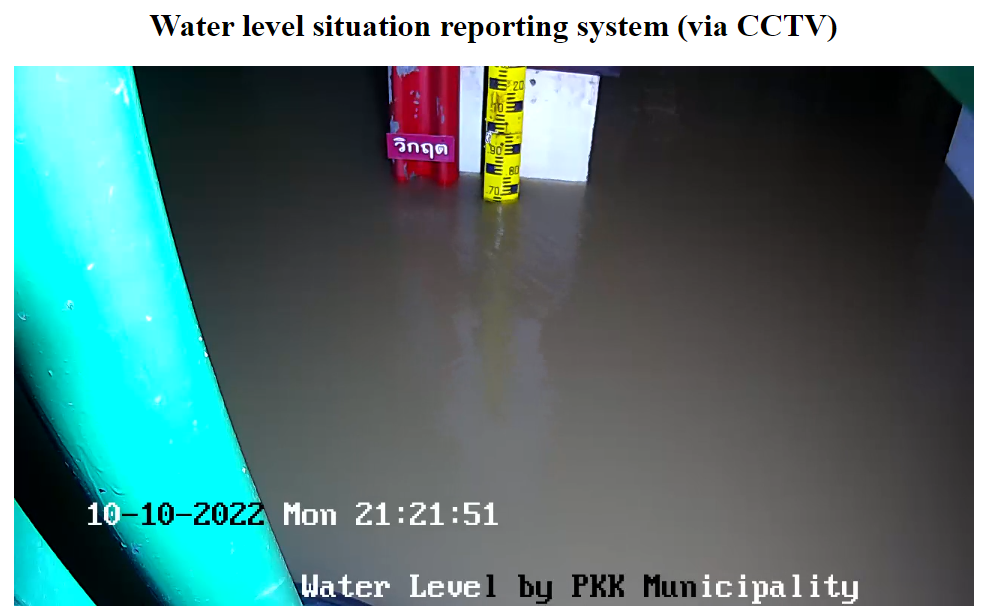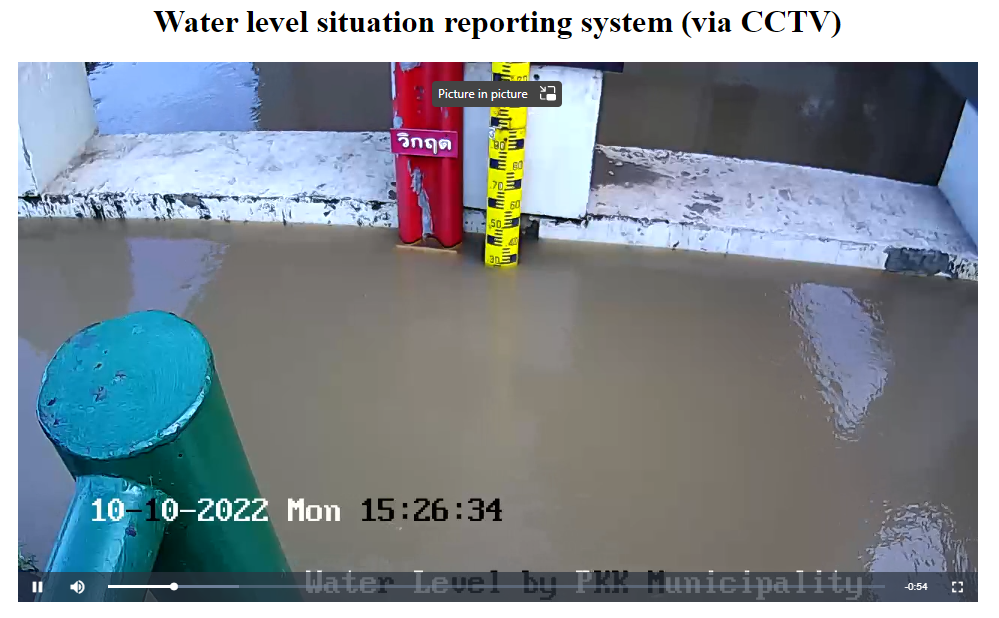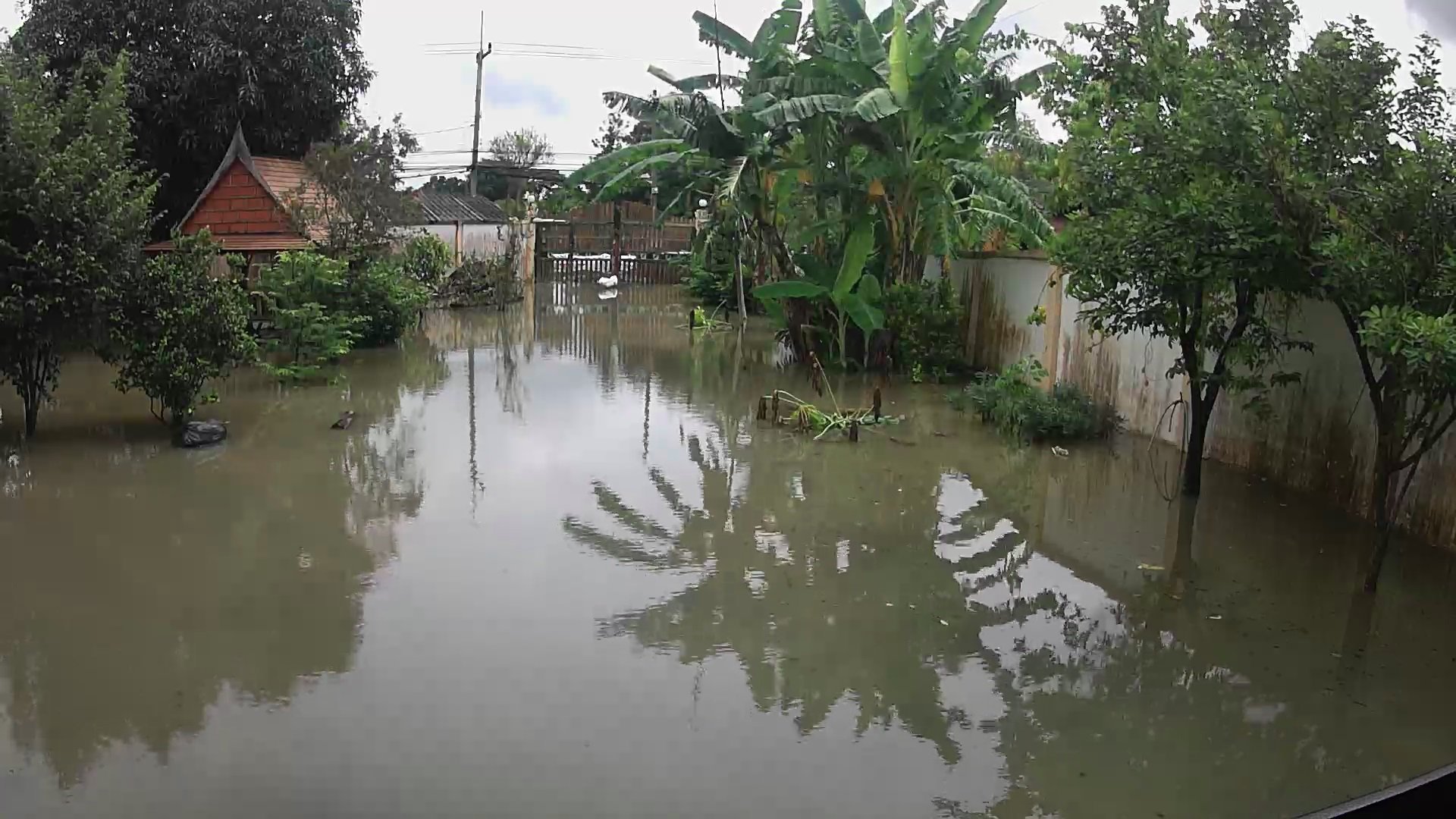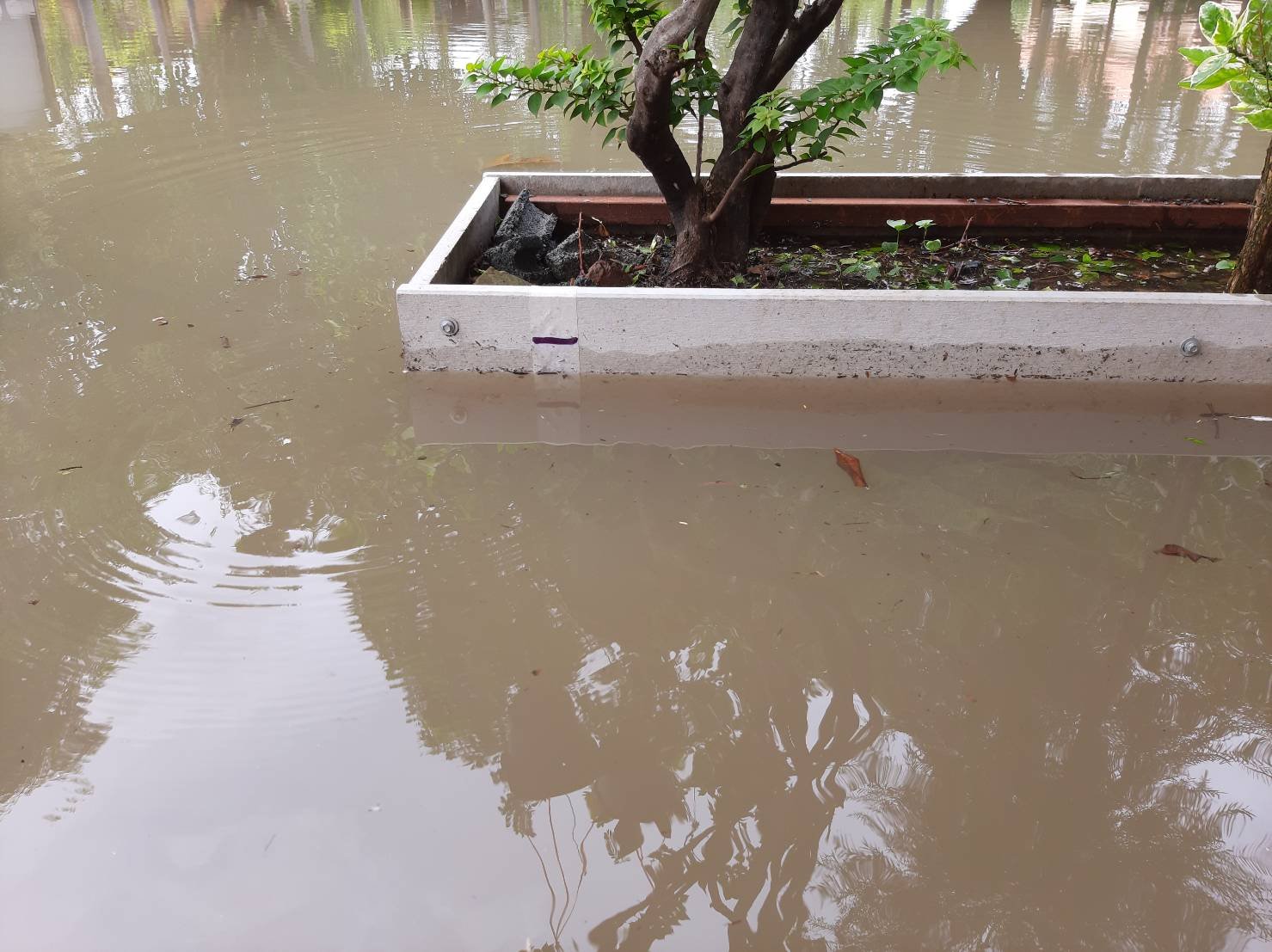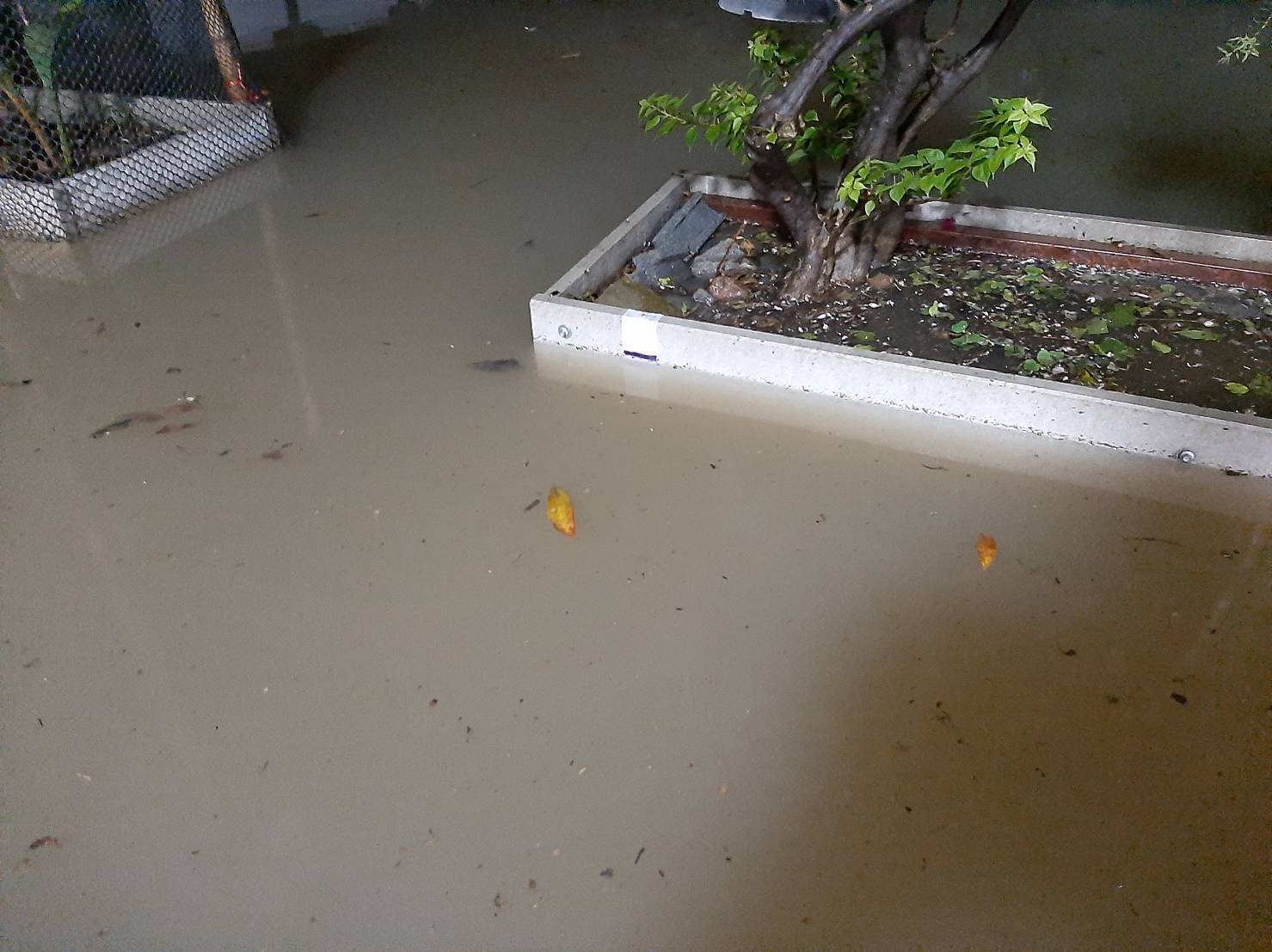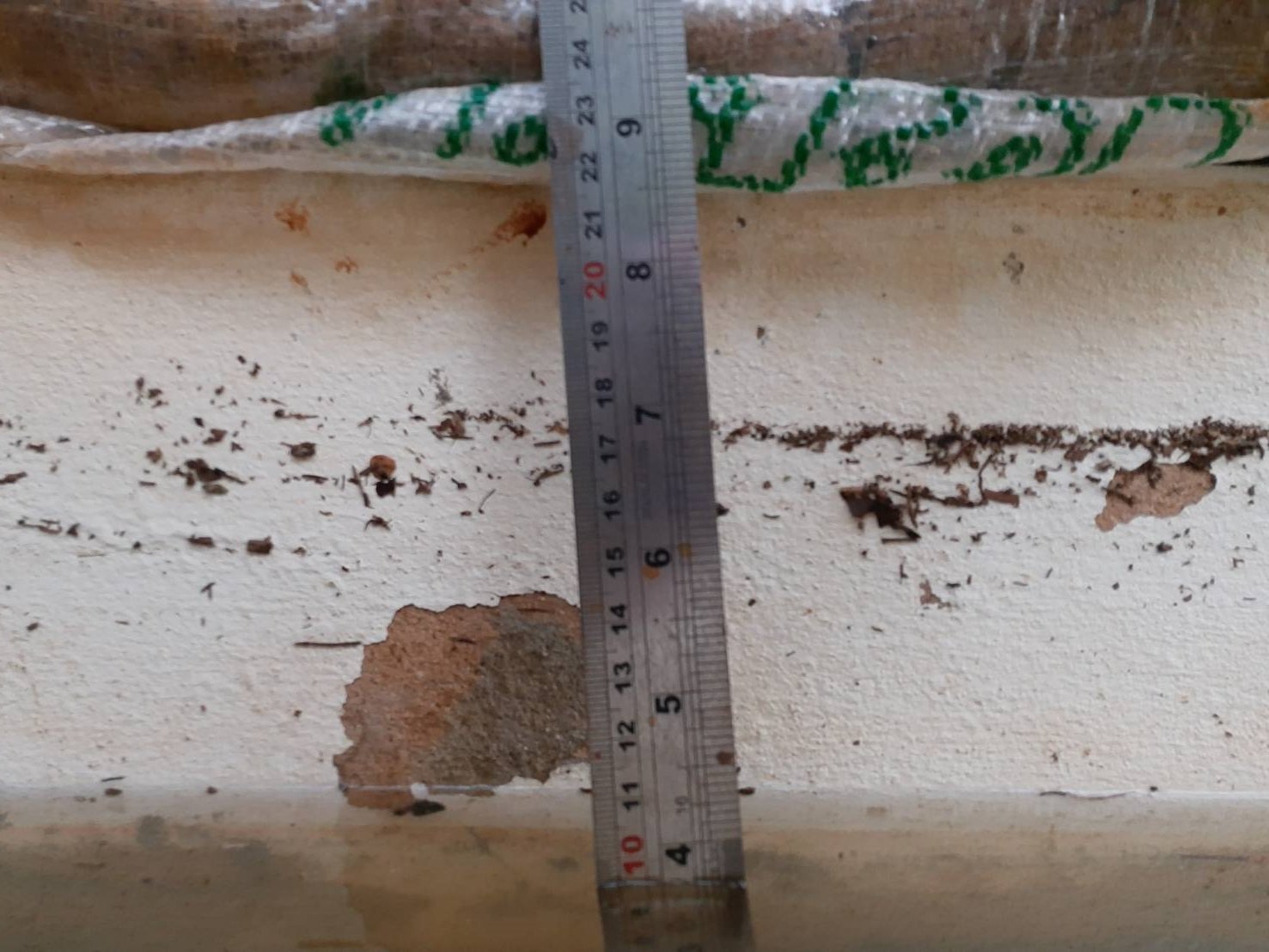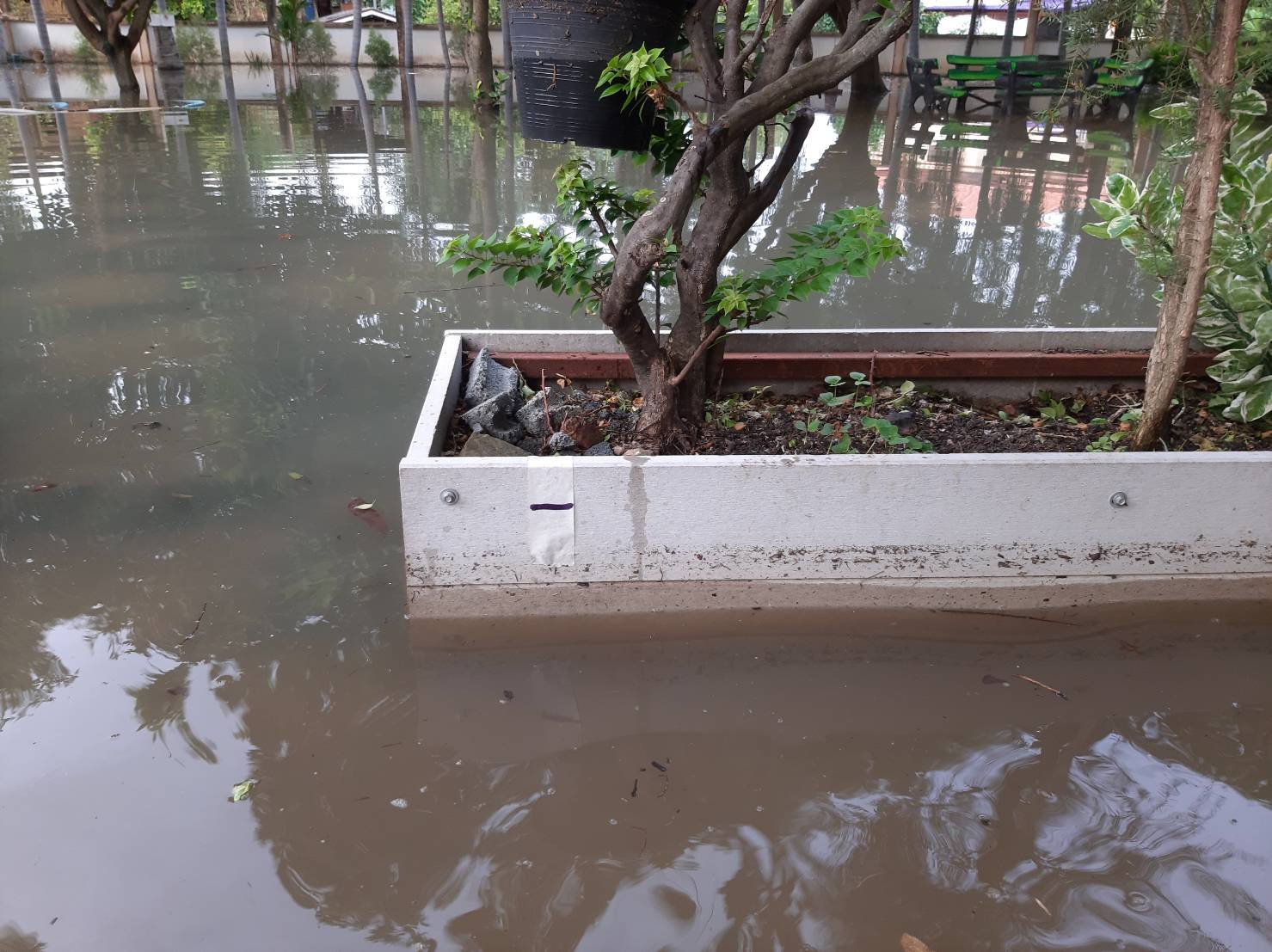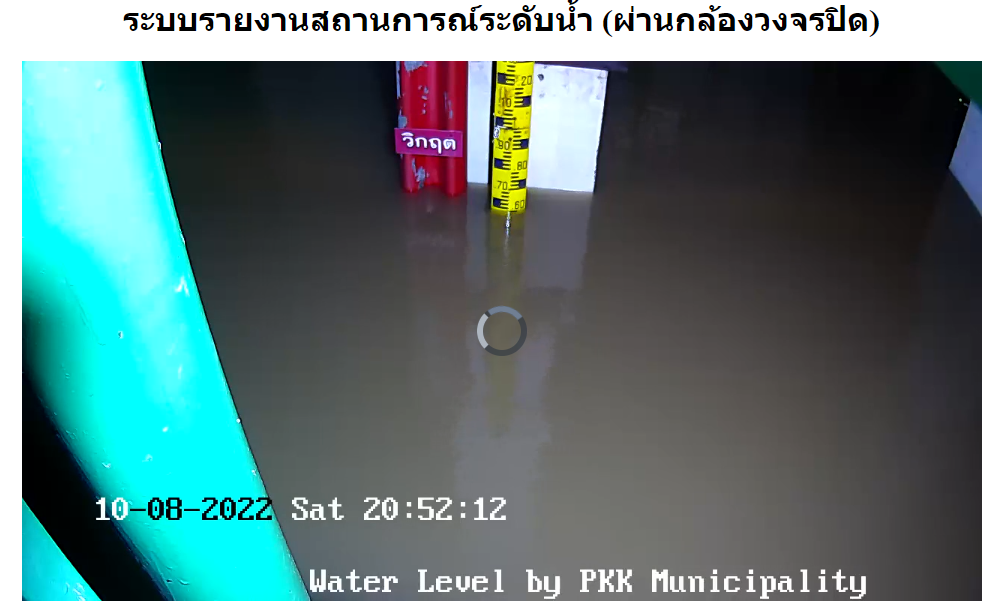-
Posts
46,452 -
Joined
-
Last visited
-
Days Won
2
Content Type
Events
Forums
Downloads
Quizzes
Gallery
Blogs
Everything posted by Crossy
-
Yeah, Pak Kret is already at last night's peak level and still 2 hours to high water ????
-
We only got a little water in the downstairs, the sandbags did their job of reducing the flow so one of the pumps could manage. However, this is the latest low at Pak Kret, and it's still raining ???? High at Pak Kret is at about 10:15AM and it's a pretty high, high ????
-
It's the governor you need to adjust, it operates the throttle itself. You should certainly be able to find the adjustment method. There are many plug-in energy monitors which also measure frequency. Check out Lazada.
-
That linked lead would do the trick ???? Yes, you are creating an IT network so L and N are interchangeable. Most small generators are like this.
-
Here we are at the Pak Kret "between humps" low water. Next Pak Kret high is at around 9:30PM tonight.
-
We do actually have a moat, ok khlong, which is on 3.5 sides (security really isn't a problem ???? ), unfortunately it's connected to the river ???? Solar is doing its job very nicely now the replacement inverter is operating (that arrived just in time ????) battery backup works great if the mains goes off (which it has twice since Friday). The only negative, if you could really call it that, is that you can't tell that the mains has gone off until the batteries are exhausted or the load goes over 3kW at which point the genset starts.
-
There is actually a pedestrian gate, but the water is still pretty deep there, I like to take the car right to the sandbags (in reverse so I can load shopping directly into the bed). This flooding is the worst we've seen since we moved in in 2012. The 2011 mega-flood put about 600mm of water in the downstairs of the house (under construction at the time).
-
We have plenty of food, but we can get out if we have to. We have a 4x4 pickup in the car port which I can use as a ferry to the road where the Mu-X is parked on the other side of the sandbags. There's one road out available at present, others are closed off with flood measures ???? The only issue is there's a load of floating detritus outside, which comes in when the gates are opened.
-
Local high at the house is definitely lower than last night. The second hump is about 10cm higher than the first at the coast, we shall see how that translates 50km upstream.
-
Pak Kret local high, this is the first of the "double hump" tide today. Just how much humping there will be this far upstream is unknown.
-
At least we get it as a slow-motion train wreck, not the flash floods like some of the poor souls up north ????
-
Why do these videos always have inane music?
-
It would appear that drawing a line on a bit of masking tape is effective flood prevention. The level stopped just short of my "Panic" marker. Sadly, I suspect there will be a continuing upwards trend ????
-
High water at Pak Kret, 10cm up on last night ???? Waiting to see how high it gets here in an hour or so.
-
Is there any information on which waterways they will use for the diversions?
-

what bike part is this? is this a legit problem?
Crossy replied to BananaBandit's topic in Cycling in Thailand
Looks like the rim has some minor damage, did you hit a kerb or something? Doesn't look too bad, IMHO not bad enough for the bead to pop out. A decent wheel chap should be able to tap that straight, if not he could replace the rim. It could prove cheaper to buy a complete wheel. -
Not really much to report, peak level last night was pretty similar to previous highs. Several days of high tides coming ???? I've also added a "Panic" indicator that I can see with the CCTV whilst in bed ???? The black line is level with our downstairs floor (there are sandbags on top too). There's only a couple of inches of freeboard but with no wash from passing traffic even a few mm is sufficient.
-
Another high of similar level to previous ones. Hopefully the expected surge doesn't arrive in the middle of the night.
-
House is on 16m driven piles into Bangkok clay, I doubt it's going anywhere. Mozzies are a worry but there are a lot of fish of various sizes in there which should help.
-
At least some of our pets are happy with the water situation. Chooks, guinea fowl, dogs are rather less happy. 95f76526-30db-451f-b18c-6831edbead15.mp4
-
VCT, but NOT for mains voltage!!!
-
If those panels are using the increasingly popular micro-inverters they would likely still be capable of generating if the grid was on. I posted an image a while back of a Ukrainian solar farm that had been hit by a Russian missile, it was apparently back online at reduced capacity within hours. Put a missile into a conventional power plant and it may take rather longer to come back.
-
For your CT (low voltage, low current) regular insulated and sheathed (flex) would be fine. The issue with THW is that it's only single-insulated and PVC isn't totally waterproof. Underground conduit WILL fill with water whatever you do. After an indeterminate period your THW would go leaky and at mains voltages fizzing may occur.





